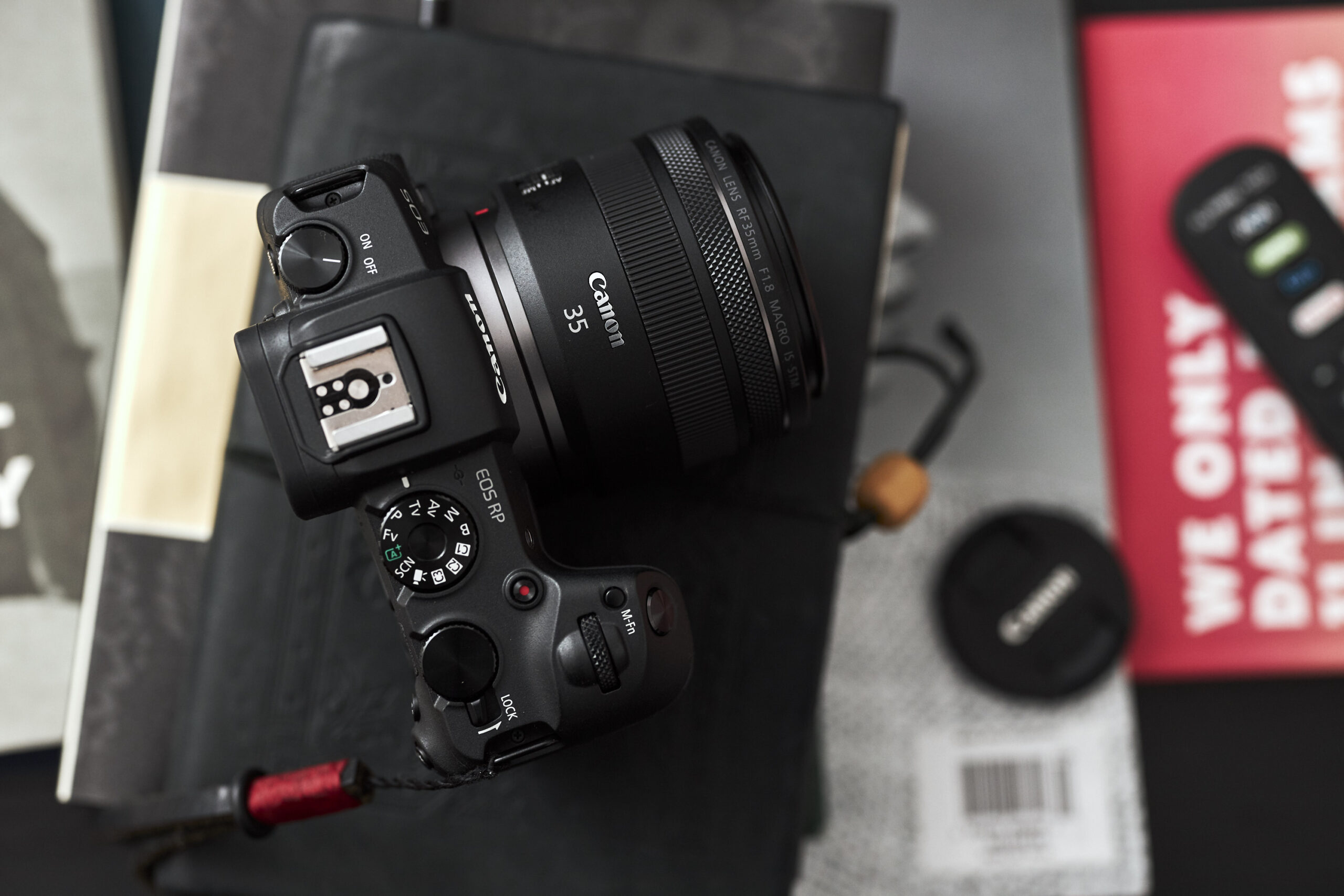
The last week has been pretty rocky for the world, including camera manufacturers. President Donald Trump announced multiple retaliatory tariffs on multiple countries, which would have affected the soaring prices of cameras. However, on April 9, the White House announced a 90-day pause on the trade war but has another policy that will affect camera makers. A base 10% tariff on all imports to the US and staggering tariffs on China. Here’s a look at what can happen.
According to BBC, Trump has levied a 125% tariff on goods imported from China, following Beijing’s announcement that tariffs of 84% were imposed on US imports. Trump called this “a lack of respect” and said that he informed countries if they retaliated, he would “double it.” When China retaliated, this happened. On the other hand, this move has already resulted in a few companies (such as Moment and Blackmagic) increasing the prices of their photographic gear.
While a 10% tariff may not seem huge, it will affect several countries where camera manufacturers have production centers. So, Japan, Thailand, Vietnam, Malaysia, and the EU will now have a 10% import tariff on all goods. However, things get more interesting when you look at China’s 125%. Why? Because your third-party lenses and some parts of the cameras are still manufactured in China. Fujifilm, Sony, Canon, and OM System still have their operations in China, meaning that the number of cameras imported or some parts made there could have an effect on the camera gear.
At the moment, the hypothetical way out would be for these camera makers to move a large part of their production centers to other countries. However, this would still keep the prices of the devices relatively low. For instance, as we said in our previous examples, the Sony a7R IV, whose Current price is $2,699, would cost $3,670 if Trump had gone ahead with a 36% tariff on Thailand. However, a base of 10% means it will now cost $2968. Cameras made in Japan will also have a similar bump. On the lens front, Tamron and Sigma will also increase their prices. Since both are made in Japan or Thailand, a 10% increase means Tamron 90mm f2.8 Di III VXD, which costs $699, will be available for $768. A Sigma Sigma 14mm f1.4 Art, priced at $1,079, can sell for $1,186.

The challenge persists in third-party lenses and other camera accessories made in China. For instance, Viltrox 135mm f1.8 LAB FE, which is for $899 now, will cost about $1123. Similarly, the AstrHori 85mm f2.8 tilt-shift lens, which is currently priced at $329, will now cost $740. On the other hand, if Canon continues to make cameras in China, then a Canon RP, which is about $799 (body only), can go up to $1797. That is a massive jump, especially for anyone keenly interested in photography.
Since the trade war is ongoing, we aren’t sure how this will all play out. The Economic Times reports that Chinese sellers will increase their prices or will leave the US market. Either way, it is safe to say that the camera prices, which have already been increasing, will increase more. Tariffs are one part of the game, the other being purchasing power, which has been affected thanks to recession and inflation. The best way, for many, is to rely on the second-hand camera market, which will not leave a massive hole in your pocket. Bear in mind that if there is a demand for a particular camera, let’s say a Sony a6000, then the seller will increase the prices, too. However, that increase won’t be as high as buying a new device. So, think a bit more before you decide to purchase a camera.

